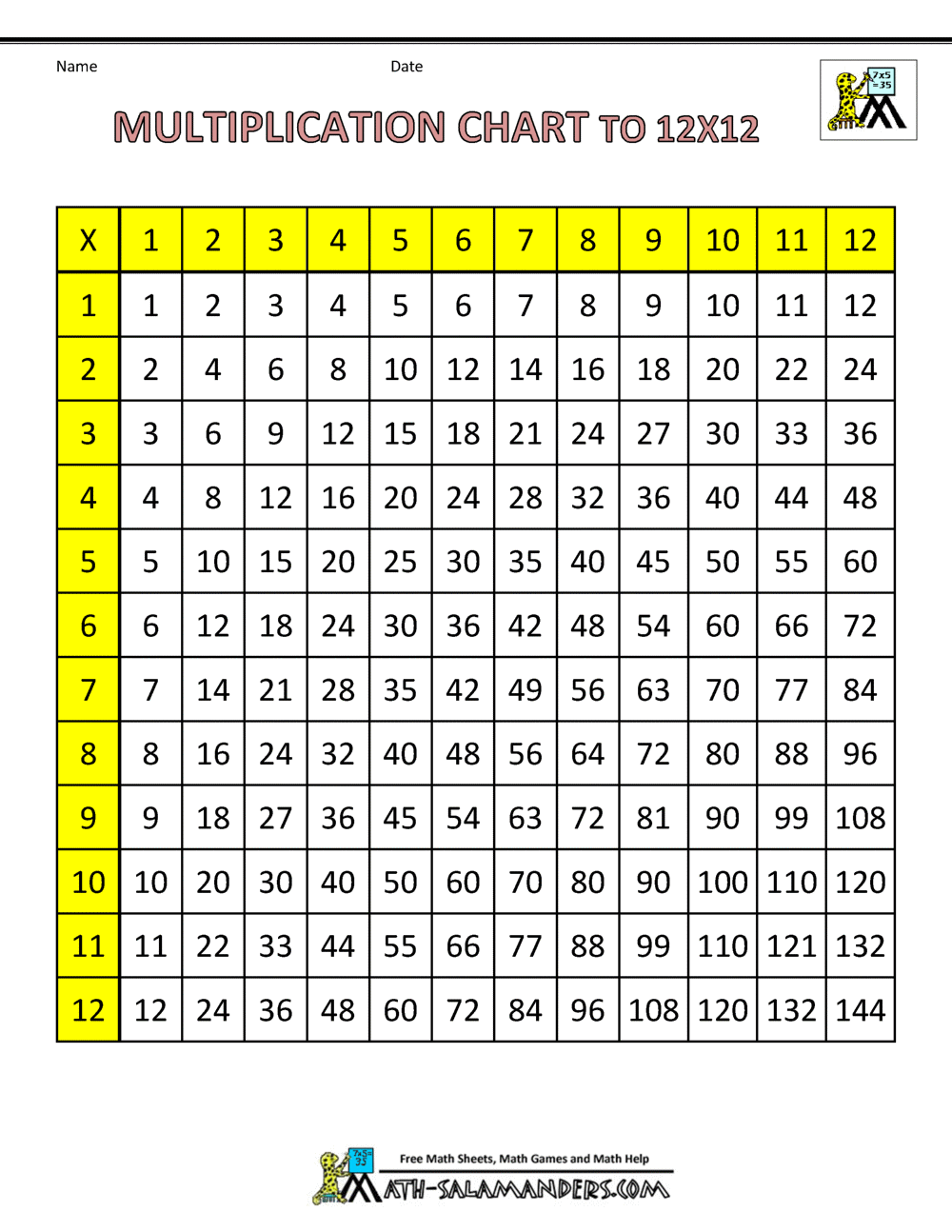

The chart goes all the way up to 12, so your children get some good practice with multiplying double-digit numbers. 1 - 34 times tables, times tables 1 up to 34, 34 to 100 times tables, 34 - 200 times tables and 34 division for kids and students. It’s wonderfully illustrated with hand-drawn pictures of a giraffe munching on some tree branches. We know that 5 × 6 can be written as 5 + 5 + 5 + 5 + 5 + 5 = 30. Get your children up to speed with their three times tables, using this colourful chart to help them. As we know that multiplication is a form of repeated addition, so this can be understood with the following concept. In order to learn the 5 times table, we need to understand that the 5 times table is a repeated addition of 5. Yes, 60 does come under the 5 times table as a multiple. The 5 times table can be written and remembered as follows: The numbers in the units place of the products always end with 5 and 0. The 5 times multiplication chart is one of the easiest and simplest times tables to remember.
#3 times tables chart up to 100 pdf#
You can print or save the 5 table as a PDF by clicking the link provided below.įAQs on 5 Times Table What is the 5 Times Table? The times tables of 5 help in solving problems based on many topics like, Least Common Multiple (LCM), Highest Common Factor (HCF), and many algebraic problems.The table of 5 helps in knowing the patterns of multiples because it is a repeated addition of 5.The minute starts with 0 at number 12 and the count goes till 59. In other words, there are 5 minutes between any two numbers of the clock. Understanding the 5 times table helps us in reading and understanding the clock and the time because a clock has 12 divisions each with an interval of 5 in it.

Apart from this, it has the following uses. The multiplication table of 5 is necessary for solving problems based on multiplication and division, fractions, decimals, and percentages.


 0 kommentar(er)
0 kommentar(er)
